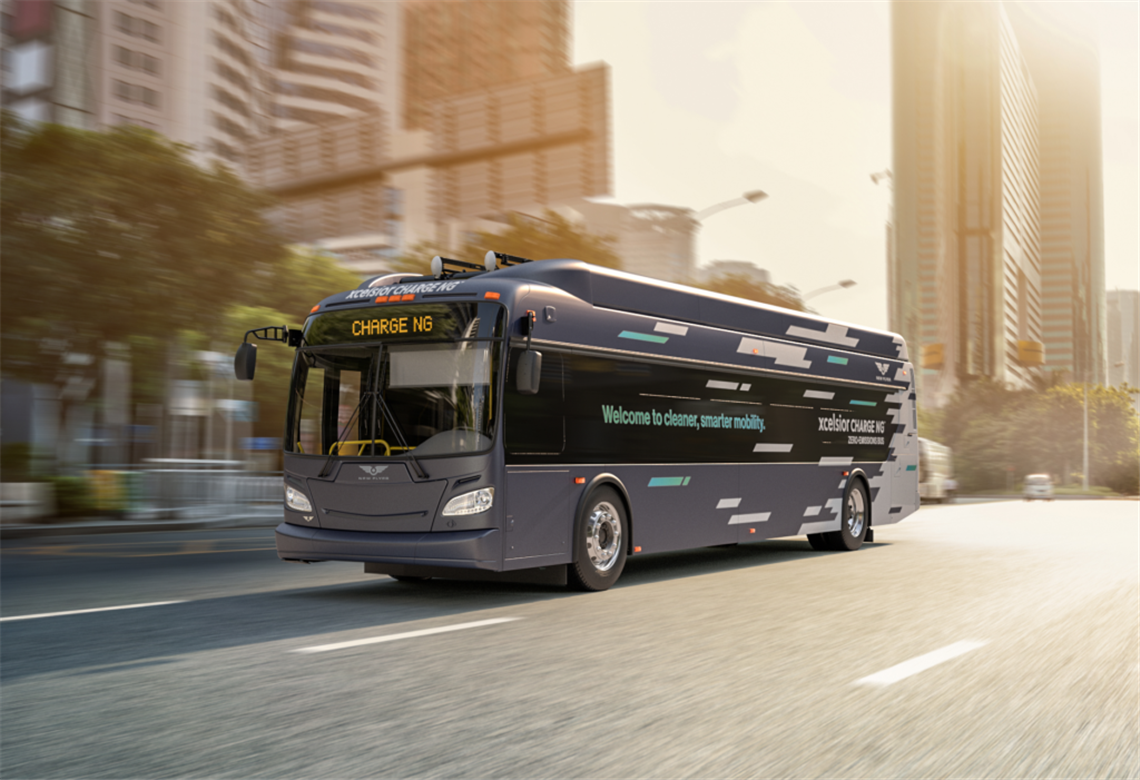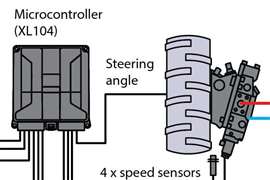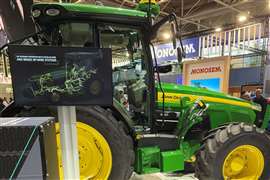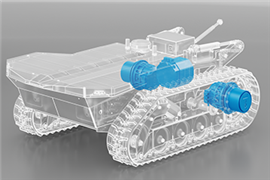New electric bus from New Flyer
16 March 2021
 New Flyer has launched its newest electric heavy-duty transit bus, the Xcelsior Charge NG.
New Flyer has launched its newest electric heavy-duty transit bus, the Xcelsior Charge NG.
New Flyer of America Inc., a subsidiary of global bus manufacturer NFI Group Inc., has unveiled its next generation battery electric Xcelsior Charge NG heavy-duty transit bus.
Based on North America’s first low-floor transit bus introduced by New Flyer in 1991, the Xcelsior was launched in 2009, with over 16,000 delivered to date. Having surpassed 4.5 million service miles with its battery-electric Xcelsior Charge and fuel cell-electric Xcelsior Charge H2 buses, New Flyer applied the best of zero-emission design, performance, research, and ingenuity to develop its newest electric bus.
New Flyer said the Xcelsior Charge NG incorporates three distinct technology advancements to deliver a high-performance bus, including next generation high energy batteries that extend range up to 13%, advanced protective battery packaging designed for easy install and simpler serviceability, and a new lightweight electric traction drive system with up to 90% energy recovery.
“The Xcelsior Charge NG harnesses the best technology on the market,” said Chris Stoddart, president, New Flyer and MCI. “It includes a streamlined design that reduces maintenance, increases energy density, and improves energy recovery while significantly reducing weight – offering a lighter, more energy efficient, and longer-range electric bus.
“As EV demand continues to build, so too has our innovation. With better manufacturability, higher energy recovery, fewer parts, and improved system durability, our Xcelsior Charge NG is a high-performance bus that is more sustainable and easier to maintain.”
New Flyer said it manufactures its own batteries in its bus production facilities. The battery chemistry is Lithium Nickel Manganese Cobalt (NMC). New Flyer said that the batteries provide 13% greater range and offer greater capture of regenerative energy (during braking at top state of charge).
The battery packaging, developed by New Flyer, utilizes a single IP67 waterproof enclosure and offers weight reduction and simpler maintenance, decreasing the number of parts by 90%, the company said. Its streamlined approach also allows technicians to simply “plug in” or “unplug” individual battery packs, which can significantly reduce bus downtime and allow easy replacement as needed in future.
The high energy, long-range batteries utilize an active liquid cooling system to maintain temperature and respond quickly to increases in power demand and environmental loads. The batteries are also better insulated, lending optimal temperature maintenance, prolonged battery life, and greater power efficiency.
The batteries are packaged on the vehicle roof, using a modular approach with a simplified mounting system comprised of two rails running the length of the bus, the company said. The same standardized battery enclosure is also mounted in the propulsion compartment on a rack. With this approach, the same battery enclosure can be mounted in any position on the bus, New Flyer said.
The batteries offer 350 to 400 kWh for the 35 and 40 ft. Xcelsior Charge NG buses, while the largest 60 ft. bus batteries have a 525 kWh capacity. The batteries are used to drive a Siemens ELFA 3 traction system, designed to delivers up to 90% energy recovery and weighs 69% less than ELFA 2, allowing greater passenger capacity and lending more efficient design through compact inverters and embedded drive controllers.
The ELFA 3 system incorporates 160 kW motor drives for the 35 and 40 ft. Xcelsior Charge NG models, while the 60 ft. version incorporates a ZF AVE130 in-wheel motor center drive axle rated 320 kW.
The Xcelsior Charge NG can incorporate on-route rapid charging, which allows the vehicle to stay in service 24 hours a day. To charge, the bus stops underneath the charger and a pantograph makes contact with the charge bars. Plug-in chargers are available as a supplement or alternative to on-route
Depot charging for a full charge requires 3.8 hours for a 525 kWh ESS. The 40 ft. Xcelsior Charge has a range of up to 251 miles, the company said.
POWER SOURCING GUIDE
The trusted reference and buyer’s guide for 83 years
The original “desktop search engine,” guiding nearly 10,000 users in more than 90 countries it is the primary reference for specifications and details on all the components that go into engine systems.
Visit Now
STAY CONNECTED




Receive the information you need when you need it through our world-leading magazines, newsletters and daily briefings.
CONNECT WITH THE TEAM












